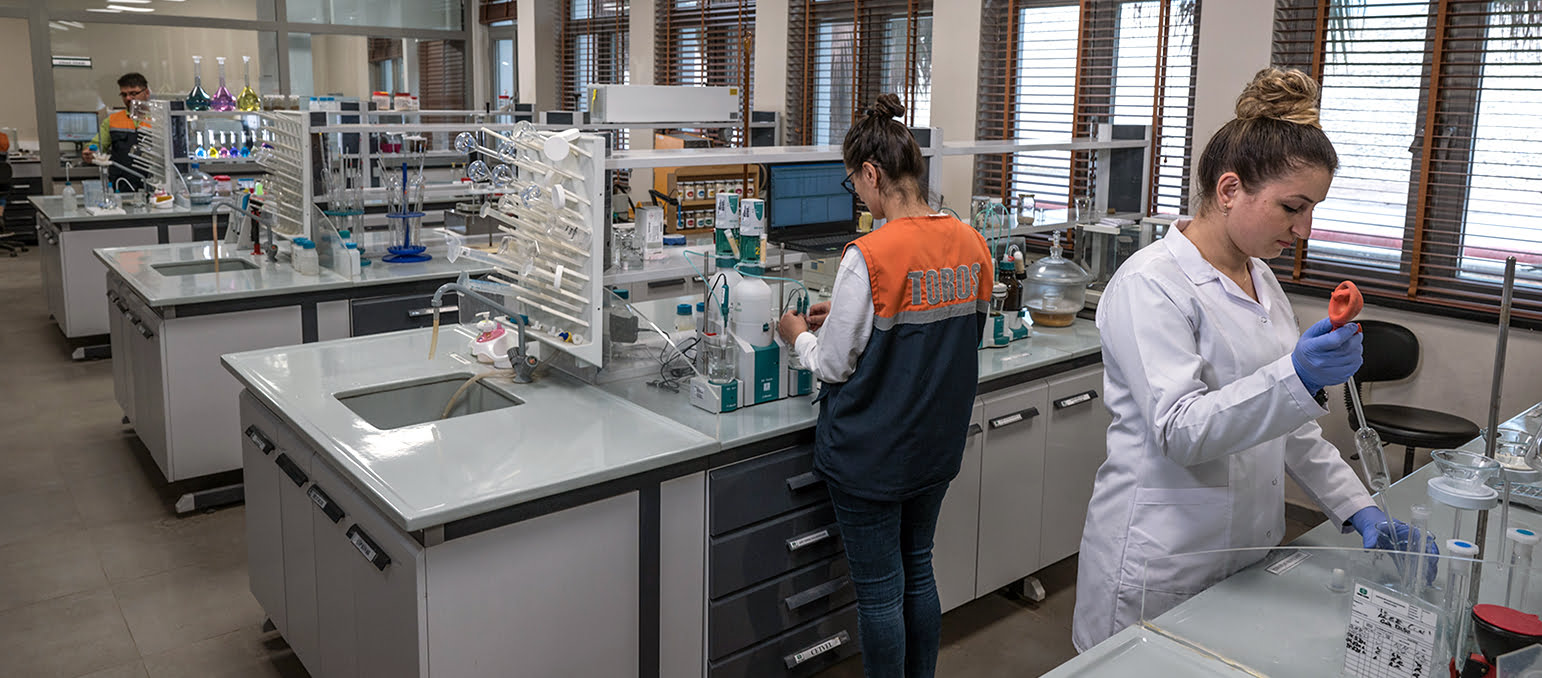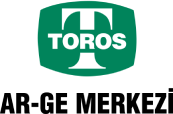
Aware of the importance of a strong R&D foundation and a consistent level of high-tech investments for the sustained future success of the fertilizer industry, Toros Agri is constantly improving its infrastructure in this area. In the analyses carried out at the R&D Center, laboratory equipment invested with the latest technologies and advanced methods—and having the benefit of widespread national and international certification—are used. These include Technology for Social Impact (TSI) and Agricultural Systems Technology Management (ASTM). In addition, academic consultancy support is received from universities, and analyses are performed using instrumental analysis devices such as high-performance liquid chromatography (HPLC), inductively coupled plasma–optical emission spectroscopy (ICP-OES), and ion chromatography (IC).
Situated on an area covering 255 square meters, the Toros Agri R&D Center laboratory acts as a focal point for studies that will contribute to the scientific literature on a universal level with opportunities for strong and competitive research. The laboratory has a hardware infrastructure where fertilizer, leaf, and soil analyses can be performed. Some examples of the equipment available in our laboratory include: microwave combustion unit, ICP-OES, IC, total nitrogen analyzer, high-performance liquid chromatography (HPLC), centrifuge analyzer, automatic titrator, karl fischer titration (KFT) moisture analyzer, soxhlet extractor, ultra-pure water analyzer, ultraviolet (UV) spectrophotometer, pH meter, conductivity analyzer.
Scientific trials of new products developed at the center are carried out at the R&D Greenhouse, which is located within Mersin Production Facility and became operational in May 2020. Scientific trials associated with many of our projects are conducted in the fully automated glass greenhouse, which covers an area of 300 square meters and consists of two different sectors.
During these trials, factors such as soil, plant, seed, pot, and fertilizer types will vary according to the scope of the project and the terms and specifications involved. Fertilizer content, pot volume, trial design/protocol, number of replications, number and method of applications—these also represent variables. During the growing period, temperature and humidity measurements are closely monitored, and the irrigation periods are regulated by the automated greenhouse irrigation system.


